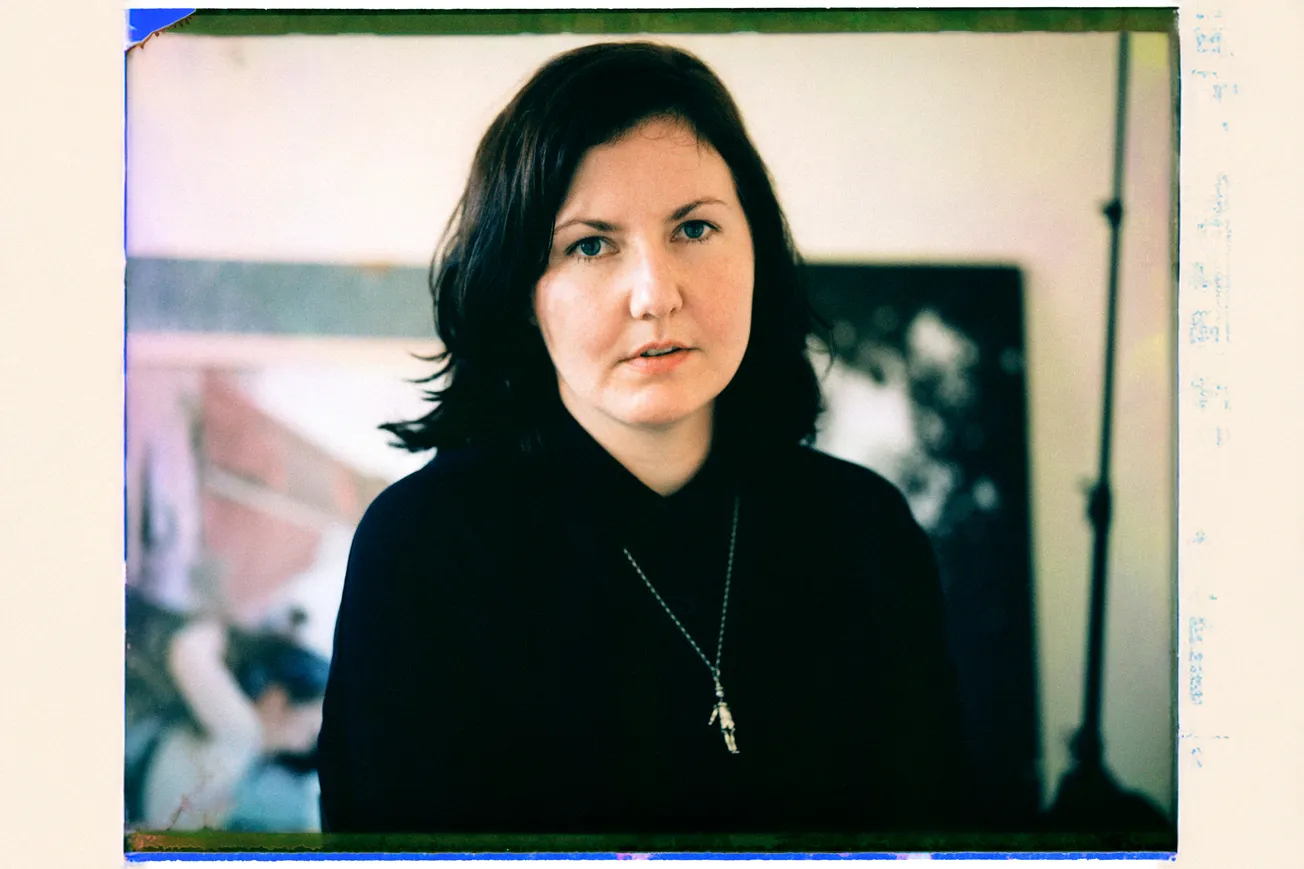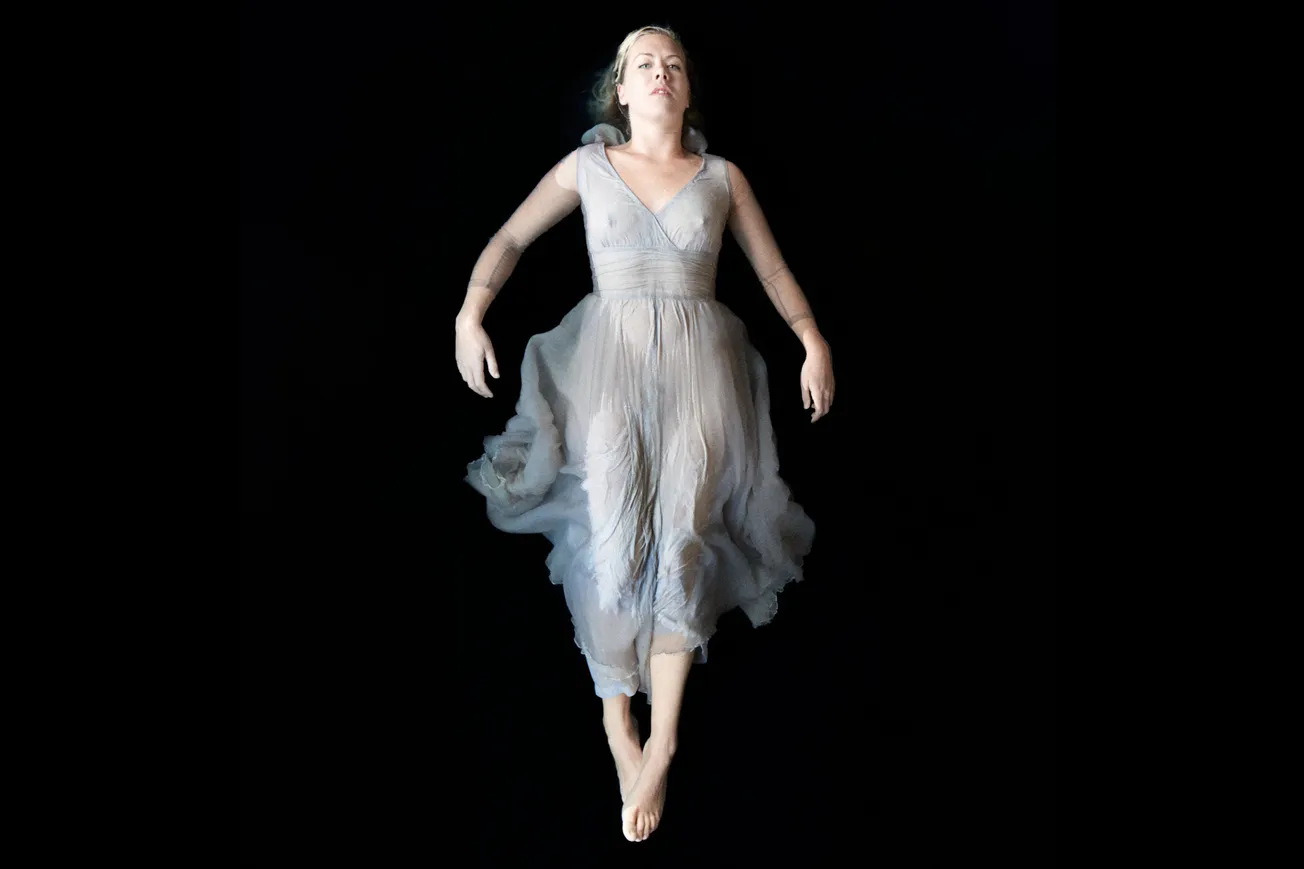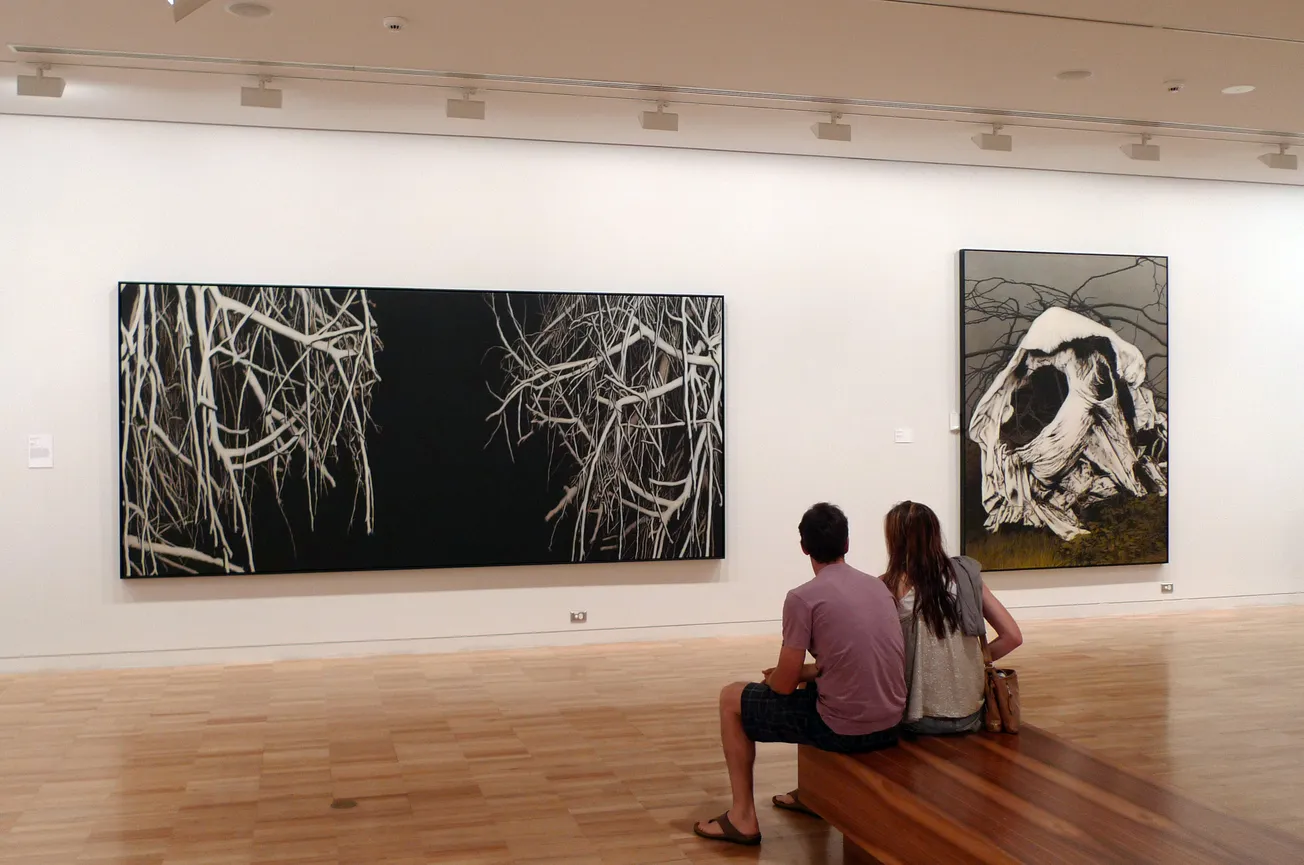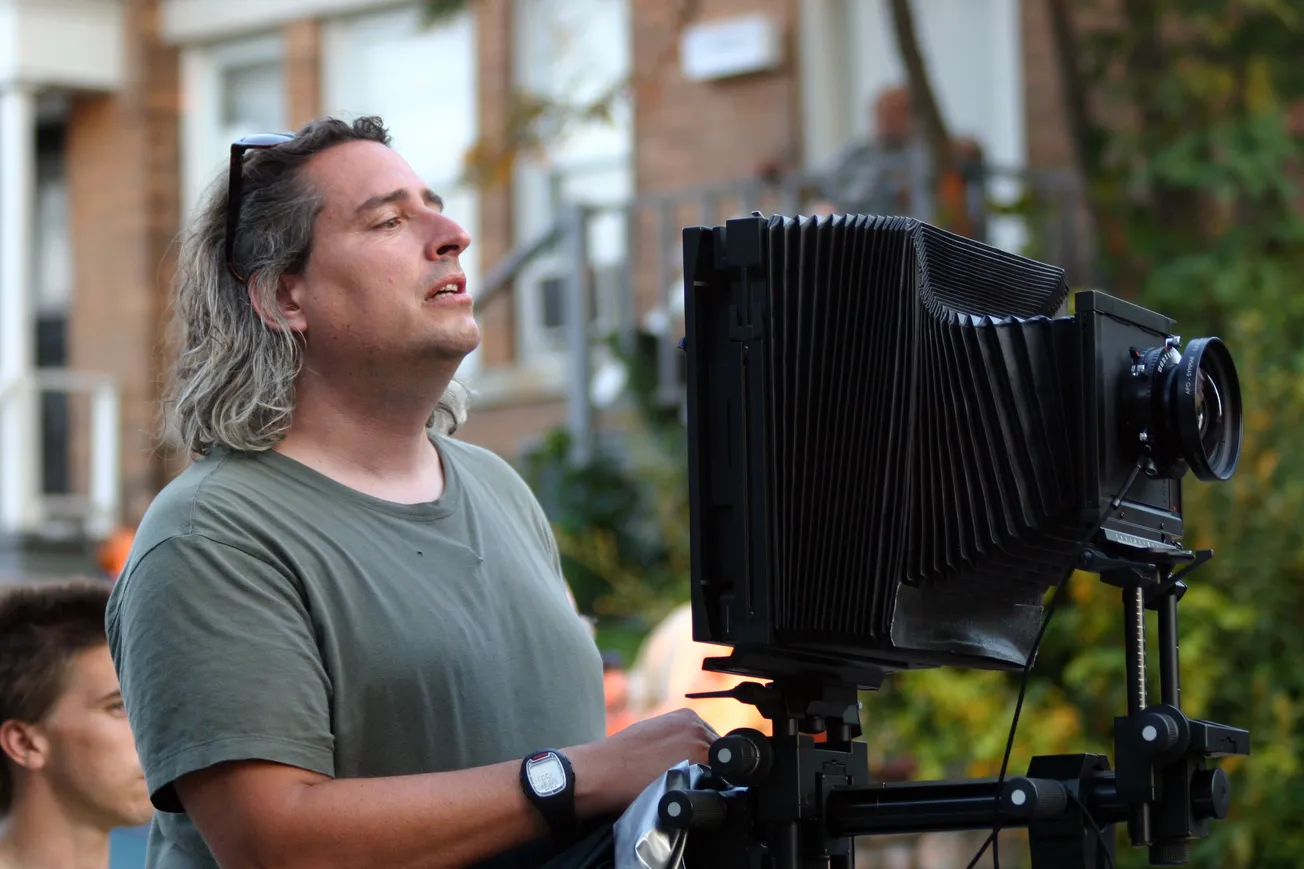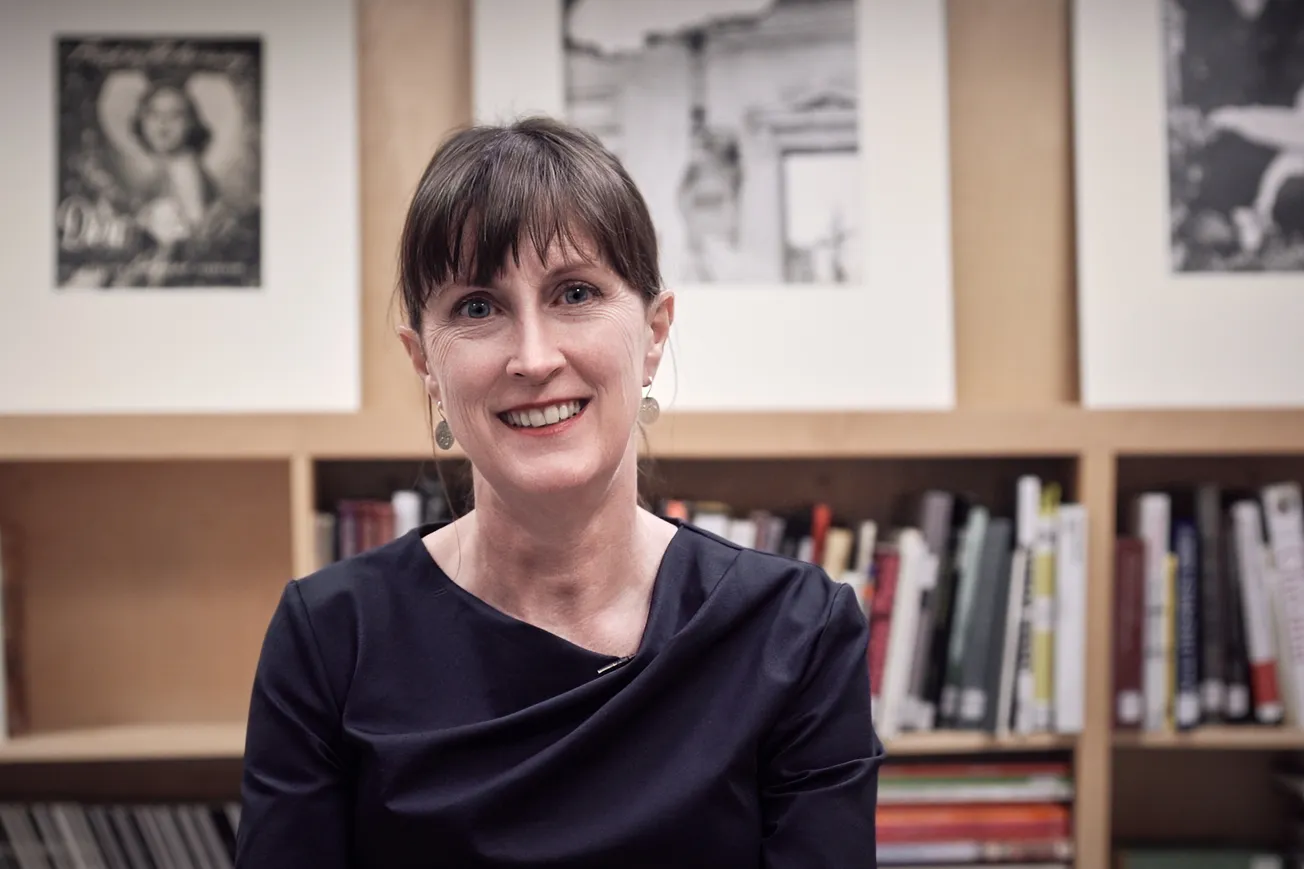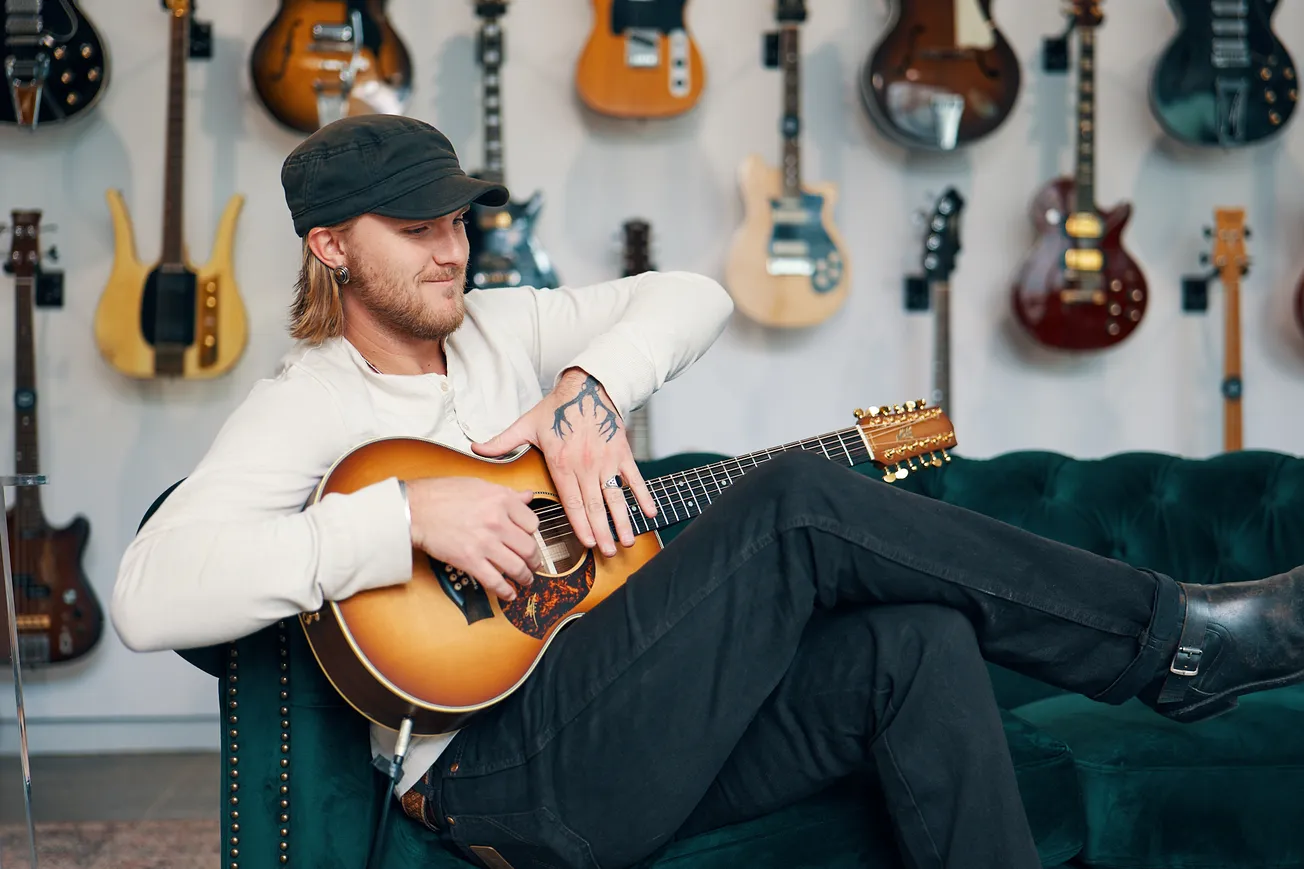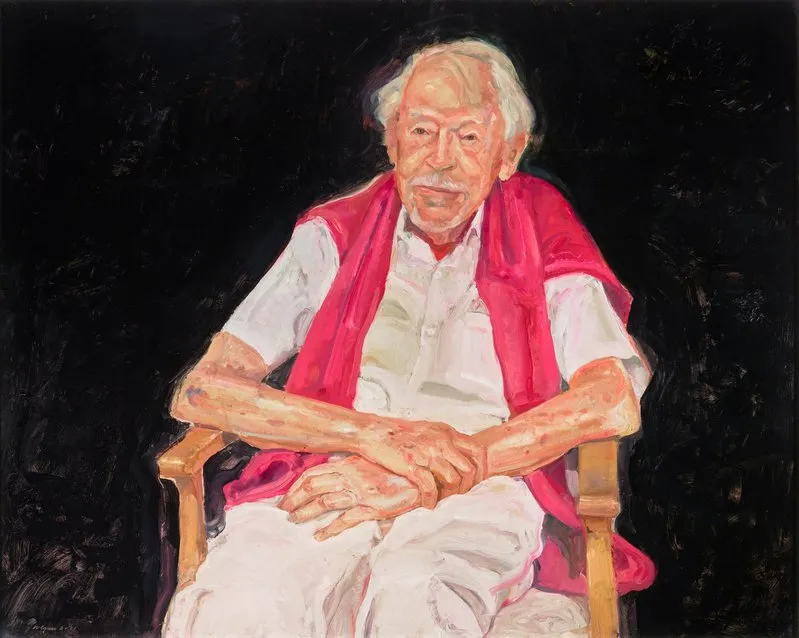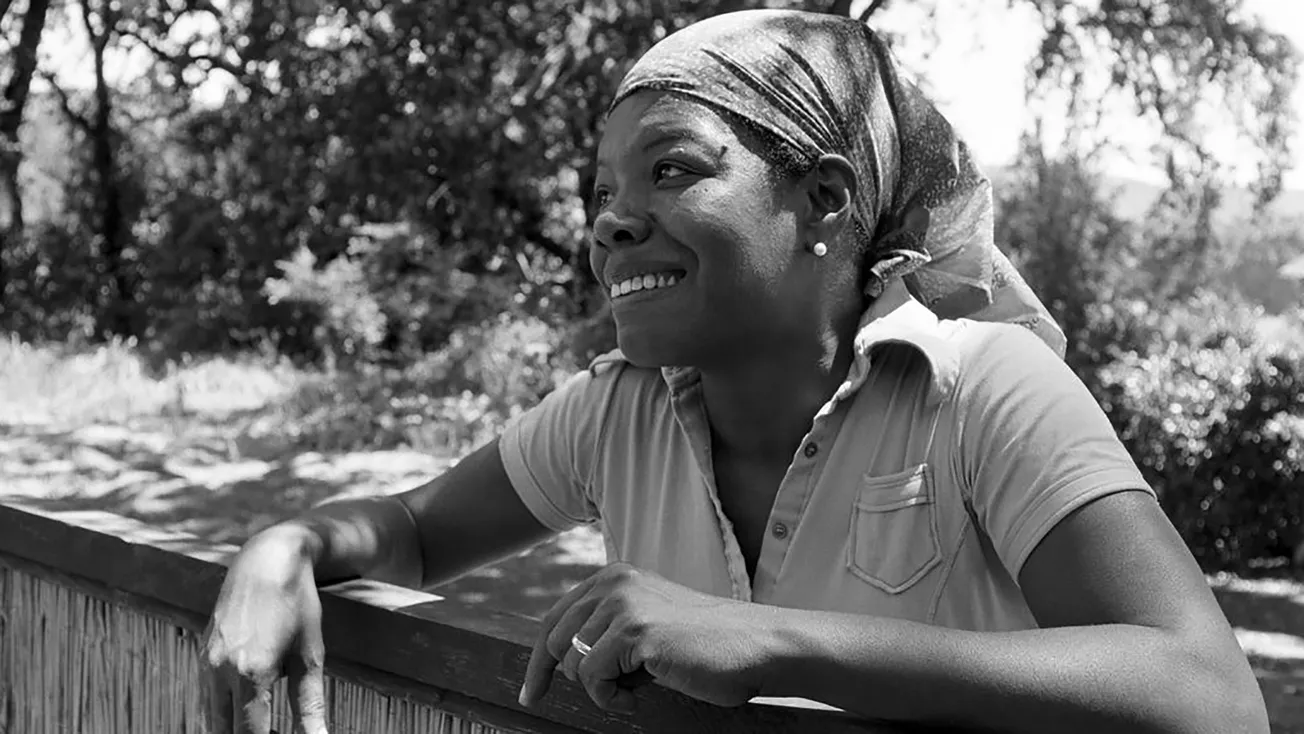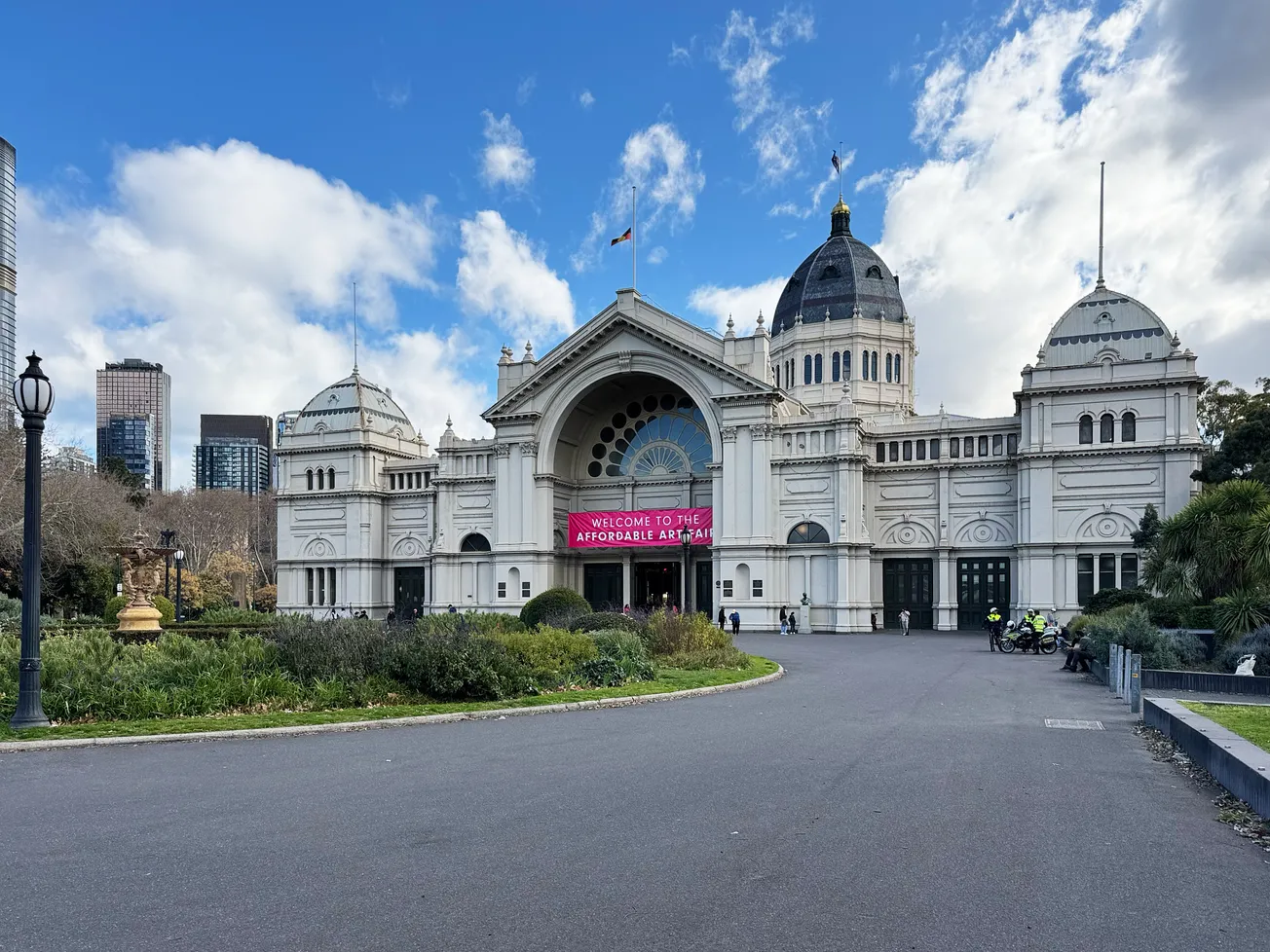Table of Contents
Art Minute
| Title: | Kate Robertson |
| Duration: | 03:29 |
| Year: | 2012 |
| Director/DOP: | Jason McQuoid / Peter M Lamont |
| Music: | Peter M Lamont |
| Cameras: | Sony FS100 |
About Kate Robertson
Early Life and Background
Born in 1981, Kate Robertson resides on Wadawurrung country in Australia. Her upbringing in this region has deeply influenced her appreciation for indigenous cultures and the natural environment, which are central themes in her photographic work.
Artistic Development and Education
Robertson's formal education includes a Bachelor of Fine Art (Photography) from the Victorian College of the Arts. Her academic background provided a foundation for her exploration of alternative photographic processes, particularly camera-less techniques that engage directly with natural materials.
Major Works and Exhibitions
A significant project in Robertson's career is "Recording the Medicinal Plants of Siwai, Bougainville" (2016), initiated at the invitation of Chief Alex Dawia of the Taa Lupumoiku Clan. This work involved creating lumen prints of traditional medicinal plants in the Siwai region of Bougainville Island, Papua New Guinea, aiming to preserve indigenous botanical knowledge. The resulting images were published in the book "Kuna Siwai Pokong" (2018), now held in institutions such as the Papua New Guinea National Museum and Art Gallery, the Australian Museum, and the Field Museum in the USA. Robertson's exhibitions include "Stargazing" at the Museum of Australian Photography (2024), "From All Points of the Southern Sky: Photography From Australia and Oceania" at the Southeast Museum of Photography (2020), and "Recording the Medicinal Plants of Siwai, Bougainville" at Jarvis Dooney Galerie during the European Month of Photography (2018). Her work has been showcased in Australia, Papua New Guinea, the USA, the UK, Germany, the Netherlands, China, and New Zealand.
Style and Technique
Robertson is known for her use of camera-less photographic processes, such as lumen printing, which involves placing plant materials directly onto expired photographic paper to create images through exposure to light. This method allows for direct engagement with natural subjects and emphasises ecological awareness by repurposing materials. Her work often reflects a deep connection to the environment and a commitment to preserving cultural knowledge through innovative artistic practices.
Legacy and Influence
Robertson's contributions to contemporary photography are significant, particularly in her efforts to document and preserve indigenous knowledge systems through art. Her works are held in numerous collections, including the Art Gallery of New South Wales, the Southeast Museum of Photography, and the Center for Creative Photography. By integrating traditional practices with contemporary art forms, Robertson continues to influence the discourse on cultural preservation and environmental consciousness in the art world.
References
- Kate Robertson - Official Website
- Museum of Australian Photography - Kate Robertson
- NORTHSITE - Kate Robertson
Teaching Resources
1. Artist Overview
Kate Robertson is an Australian photographer known for her experimental camera-less photography techniques that delve into themes of healing, community, and the natural environment. Her work often involves collaborative projects with Indigenous communities, making her particularly relevant for VCE Art students studying contemporary photographic practices and cross-cultural artistic collaborations.
2. Technical Analysis
Techniques Overview:
- Primary Methods: Robertson specialises in camera-less photography, including lumen prints and scanography, to create images that capture the essence of natural subjects.
- Materials and Processes: She utilises expired photographic paper, plant materials, and sunlight to produce lumen prints, and employs scanners to create digital images without a traditional camera.
- Signature Approaches: Her works are characterised by their ethereal quality, organic forms, and the direct imprint of natural elements onto photographic media.
Classroom Activity:
- Objective: Create a series of camera-less photographs that explore the relationship between nature and healing, inspired by Robertson's techniques.
- Materials List: Expired photographic paper, plant materials (e.g., leaves, flowers), access to sunlight, flatbed scanner, and computer with image editing software.
- Instructions:
- Concept Development: Reflect on the healing properties of nature and select plant materials that symbolise this theme.
- Lumen Print Creation: Arrange plant materials on photographic paper and expose them to sunlight for several hours to create lumen prints.
- Scanography Process: Use a flatbed scanner to create digital images of plant materials, experimenting with movement and layering during the scanning process.
- Image Enhancement: Use image editing software to adjust contrast and colour balance, enhancing the final images.
- Safety Considerations: Handle plant materials carefully to avoid allergic reactions, and ensure proper ventilation when working with photographic chemicals if used.
Technical Reflection Questions:
- How did the choice of plant materials influence the final images?
- What challenges did you encounter in the camera-less photography process, and how did you address them?
- How do your final artworks reflect the themes and techniques explored in Robertson's work?
3. Context Analysis
Historical/Cultural Influences: Robertson's work is influenced by traditional photographic processes and her collaborations with Indigenous communities, particularly in Bougainville, Papua New Guinea. Her projects often aim to preserve and document cultural knowledge related to medicinal plants and healing practices.
Contemporary Relevance: Her exploration of healing and community through photography resonates with current discussions on cultural preservation, environmental sustainability, and the role of art in social engagement.
Movement/Style Connections:
- Alternative Photographic Processes: Use of non-traditional methods to create photographic images.
- Collaborative Art Practices: Engagement with communities to produce art that reflects shared experiences and knowledge.
Student Research Activity:
- Objective: Investigate how Robertson's collaborations with Indigenous communities have influenced her artistic practice.
- Focus Points: Her projects in Bougainville, the use of camera-less photography to document medicinal plants, and the impact of her work on cultural preservation.
- Analysis Questions:
- How do Robertson's collaborative projects contribute to the preservation of cultural knowledge?
- In what ways does her use of camera-less photography enhance the themes of healing and community?
- How does her work challenge traditional notions of photography and art-making?
4. Practical Project
Project Title: "Healing Impressions: Camera-less Photography Inspired by Kate Robertson"
- Duration: 4–6 weeks
- Learning Objectives: Develop skills in alternative photographic processes, explore themes of nature and healing, and create a series of images that reflect personal or community narratives.
- Materials Needed: Expired photographic paper, plant materials, access to sunlight, flatbed scanner, computer with image editing software, and sketching tools.
- Step-by-Step Process:
- Research: Study Robertson's artworks, focusing on her thematic exploration and technical execution.
- Concept Development: Reflect on personal or community experiences related to healing and nature.
- Material Collection: Gather plant materials that symbolise the chosen theme.
- Lumen Print Creation: Arrange plant materials on photographic paper and expose them to sunlight to create lumen prints.
- Scanography Process: Use a flatbed scanner to create digital images of plant materials, experimenting with movement and layering.
- Image Enhancement: Use image editing software to adjust and enhance the final images.
- Reflection: Write an artist statement explaining the thematic choices and technical process.
- Assessment Criteria: Technical proficiency in camera-less photography, depth of thematic exploration, creativity in composition, and clarity of the artist statement.
- Curriculum Alignment: VCE Art (Unit 1: Artworks, experience, and meaning; Unit 2: Artworks and contemporary culture).
5. Exhibition Component
Display Considerations:
- Lighting: Use lighting to enhance the delicate details and textures of the camera-less photographs.
- Curatorial Thinking: Arrange works to highlight the exploration of nature and healing, and the collaborative aspects of the project.
- Presentation Techniques: Include artist statements and contextual information to provide insight into the creative process and cultural significance.
Practical Activity:
- Objective: Curate a class exhibition showcasing student artworks inspired by Kate Robertson's work.
- Documentation Guidelines: Prepare labels and exhibition notes that discuss the connection between the student works and Robertson's influence, and the collaborative process involved.
6. Final Reflection
Question Categories:
- Technical Understanding: What challenges did you encounter in the camera-less photography process, and how did you address them?
- Conceptual Development: How did studying Robertson's work influence your approach to exploring themes of nature and healing?
- Personal Growth: What did you learn about the relationship between art and community engagement?
- Future Applications: How might you apply the techniques and concepts learned to other subjects or themes in your art practice?
Conclusion
Kate Robertson's innovative use of cameraless photography to explore themes of healing, community, and the natural environment offers valuable insights for VCE Art students. Engaging with her techniques and collaborative approach can inspire students to experiment with alternative photographic processes, deepen their understanding of cross-cultural artistic practices, and explore the role of art in cultural preservation and social engagement. Robertson's work encourages students to think critically about the intersections between art, community, and the environment, fostering both personal expression and technical mastery in their practice.

